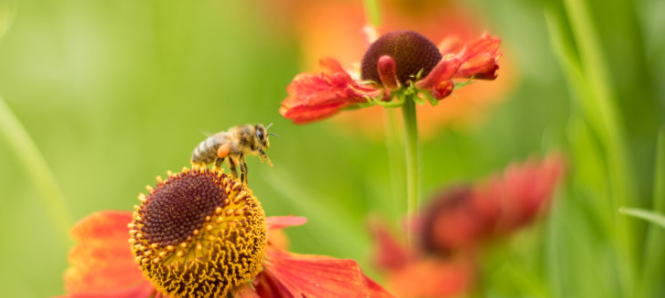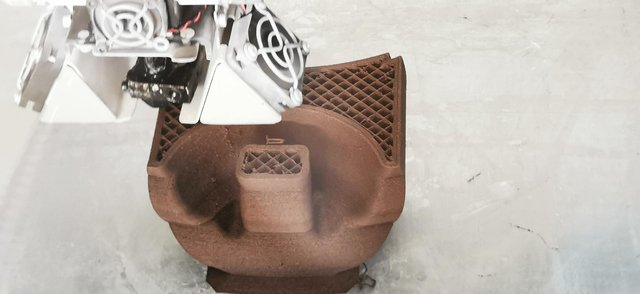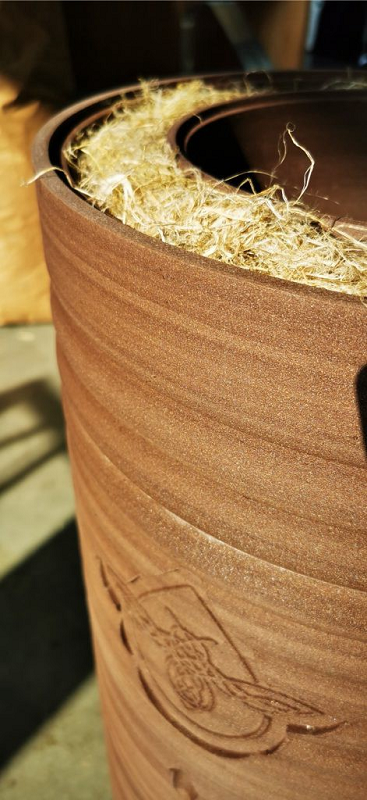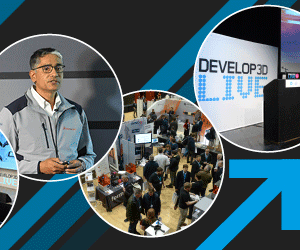Did you know that in Scotland over 100 species of bees have been recorded? Unfortunately, this number doesn’t necessarily mean that the insects are thriving in the country. In fact, since World War II, 97% of Britain’s wildflower-laden meadows have disappeared, which, combined with pesticide use and other factors, is causing a major decline in the bee population.
I hate getting stung as much as the next person, but bees play a crucial role in the world as pollinators. It’s not uncommon to use 3D printing to help honeybees by making honeycombs and hives. The latest example is by The LACRIMA Foundation, a Scottish conservation charity based in Edinburgh. The team from the charity has created what it says is the world’s first 3D printed wood log hive, which it hopes will give honey bees in Scotland a new home and help slow the global decline of the fuzzy insects.
“Across the world, we see the devastating impact of intensive agriculture, pesticides and climate change on the ecosystems that support our ability to grow food. A honey bee as a major pollinator is critical for food production and human livelihoods as it directly links wild ecosystems with agricultural production systems,” the foundation’s website states. “Through The LACRIMA Foundation, we work with local partners to develop an understanding of how to improve the health of the bees sustainably. In doing so, we aim to make a fundamental difference to beekeeping communities globally.”
According to the Foundation, honey bee pollination accounts for approximately one-third of the food we eat, and honey itself is antibacterial thanks to an enzyme bees add that turns into hydrogen peroxide. Honey can help heal wounds and burns, help the body regulate blood sugar levels, and it contains antioxidants called flavonoids that may reduce the risk of heart disease and certain cancers. So the fact that honey bee populations are down worldwide because of parasites, climate change, loss of habitat due to farming, the impact of toxic pesticides, and more is a big problem.
The 3D printed cavity log hives the Foundation 3D printed are made from a special wood-based composite material, which is biodegradable and makes it possible for honey bees to live in an ecosystem that’s more naturally in sync with their seasonal rhythms. That’s because these 3D printed hives can be installed high up in tree trunks to mimic more natural conditions for the insects.
“We decided to launch our own non-profit organisation, which recently applied for United Nations Special Consultative status, to provide scalable solutions and to address the subject of high global bee mortality rate by improving honey bee health,” said Vince Moucha, the Chairman of the LACRIMA Foundation.
“Even though there are other people and organisations working in the field of natural beekeeping, the impact, progress and scope of these projects is minimal and slow, due to limited access to resources and clear vision. I am driven by responsibility and decided to act on it due to the urgency and importance of this matter.”
The registered charity is partnering with beekeepers across Europe and the U.S., with support from the United Nations and the Scottish Government, to create these 3D printed honey bee habitats.
“The countries involved have been selected due to specifics — be it optimal climate, natural environment, the honey bee population or for more pragmatic reasons, such as great infrastructure, existing experts and natural beekeeping communities,” Moucha explained.
The 3D printed hives are more natural, which should help the insects build up their resilience undisturbed. In addition to 3D printing wood composite hives with international beekeeping collaborators, the Foundation also works with local partners to help increase understanding of sustainable ways to improve the health of Scotland’s honey bee population.
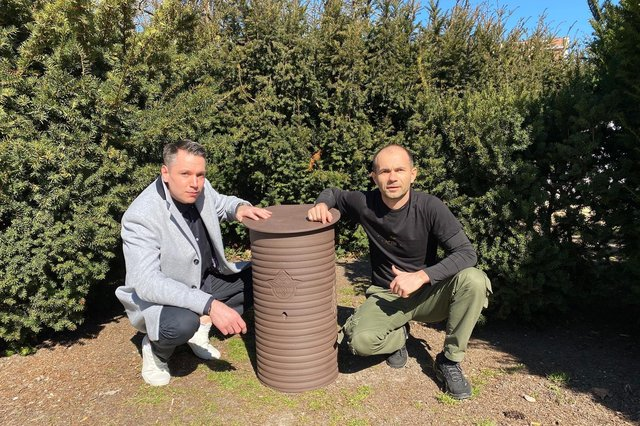
The LACRIMA Foundation, a conservation charity based in Edinburgh, has created what it calls the world’s first beehive using 3D printing.
Subscribe to Our Email Newsletter
Stay up-to-date on all the latest news from the 3D printing industry and receive information and offers from third party vendors.
You May Also Like
AMS 2025: Enabling & Scaling 3D Printing in Healthcare, Part 1
There were many reasons to be excited about this year’s Additive Manufacturing Strategies in New York City, from panels on venture capital, private equity, and M&A to the popular CEO...
ADDiTEC’s AMDROiD X: A Portable DED Metal 3D Printer for Defense
Given the outsized role of the U.S. Department of Defense (DoD) in the additive manufacturing (AM) industry, the Military AM (MILAM) conference in Tampa, Florida, has become a key trade...
Print, Test, Deploy: The Portable Factory Bringing Instant Quality Control to the Frontlines
European companies Fieldmade and Plastometrex are tackling a major challenge in on-demand manufacturing: ensuring that 3D printed metal parts can be trusted in critical situations, like remote or high-pressure environments....
3D Printing Webinar and Event Roundup: February 2, 2025
We’re starting this week’s webinar with the exciting news that it is finally time for our Additive Manufacturing Strategies summit in New York City! There are a few other events...

